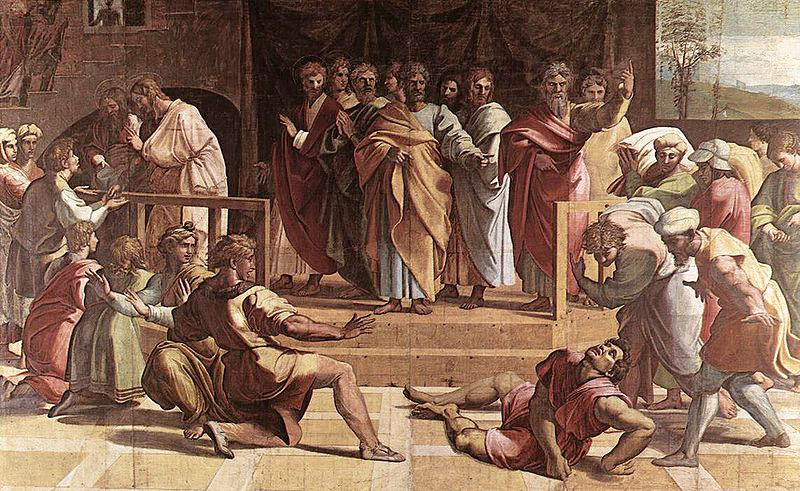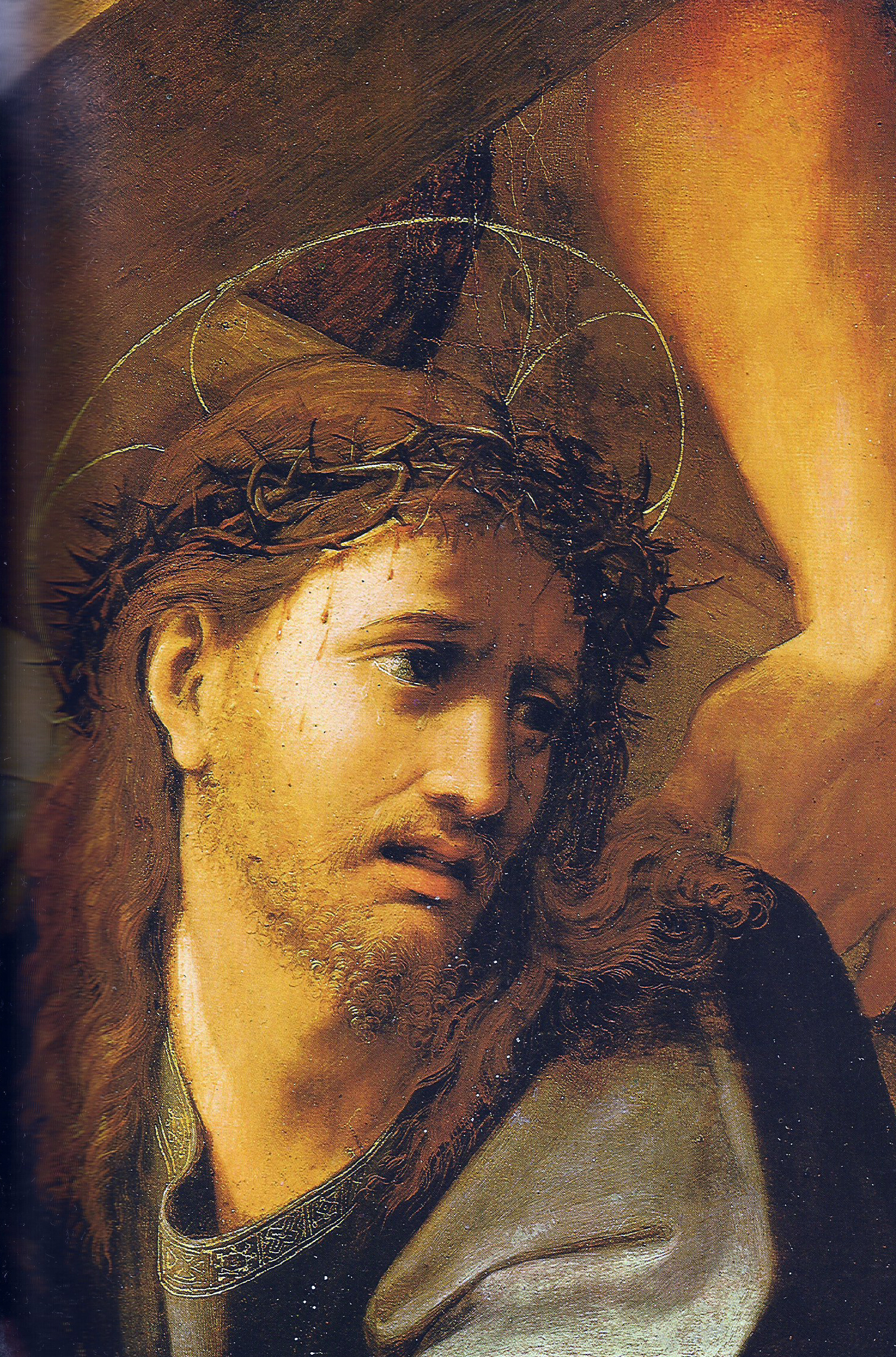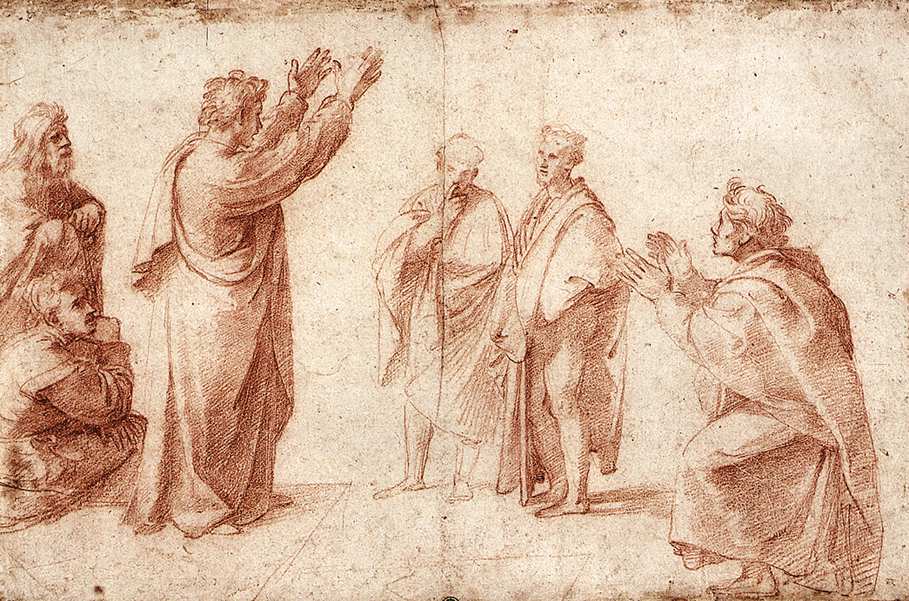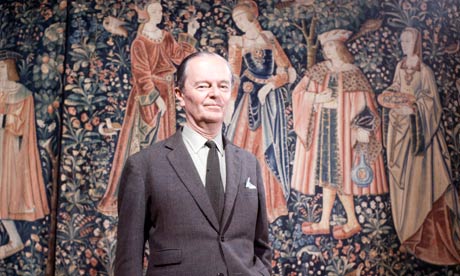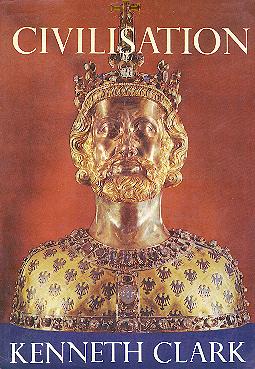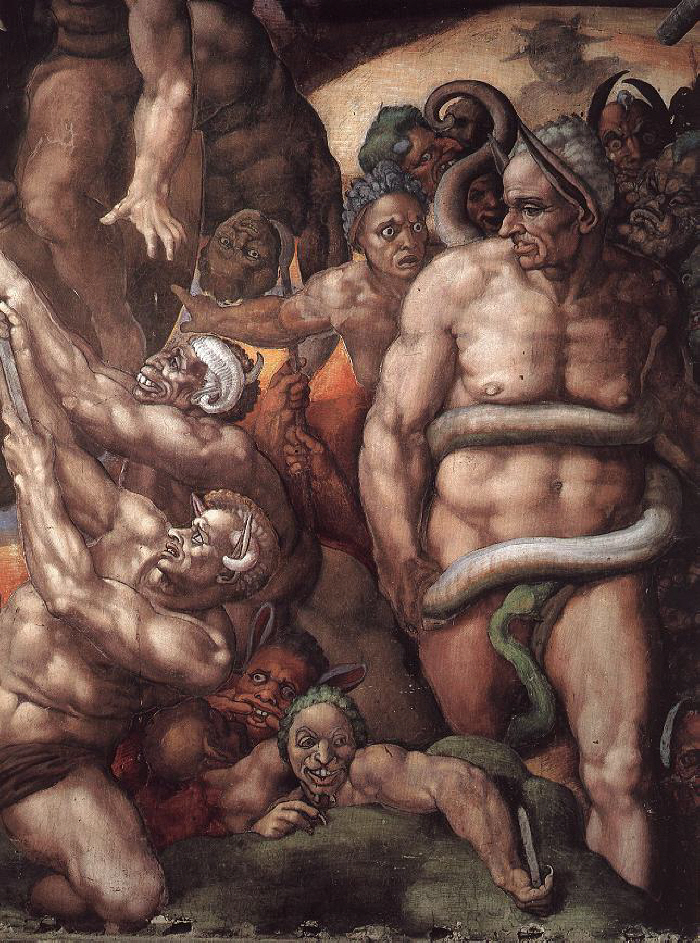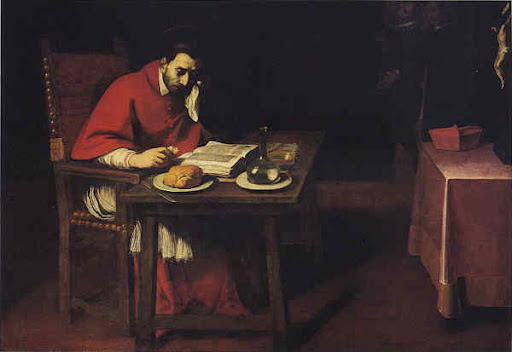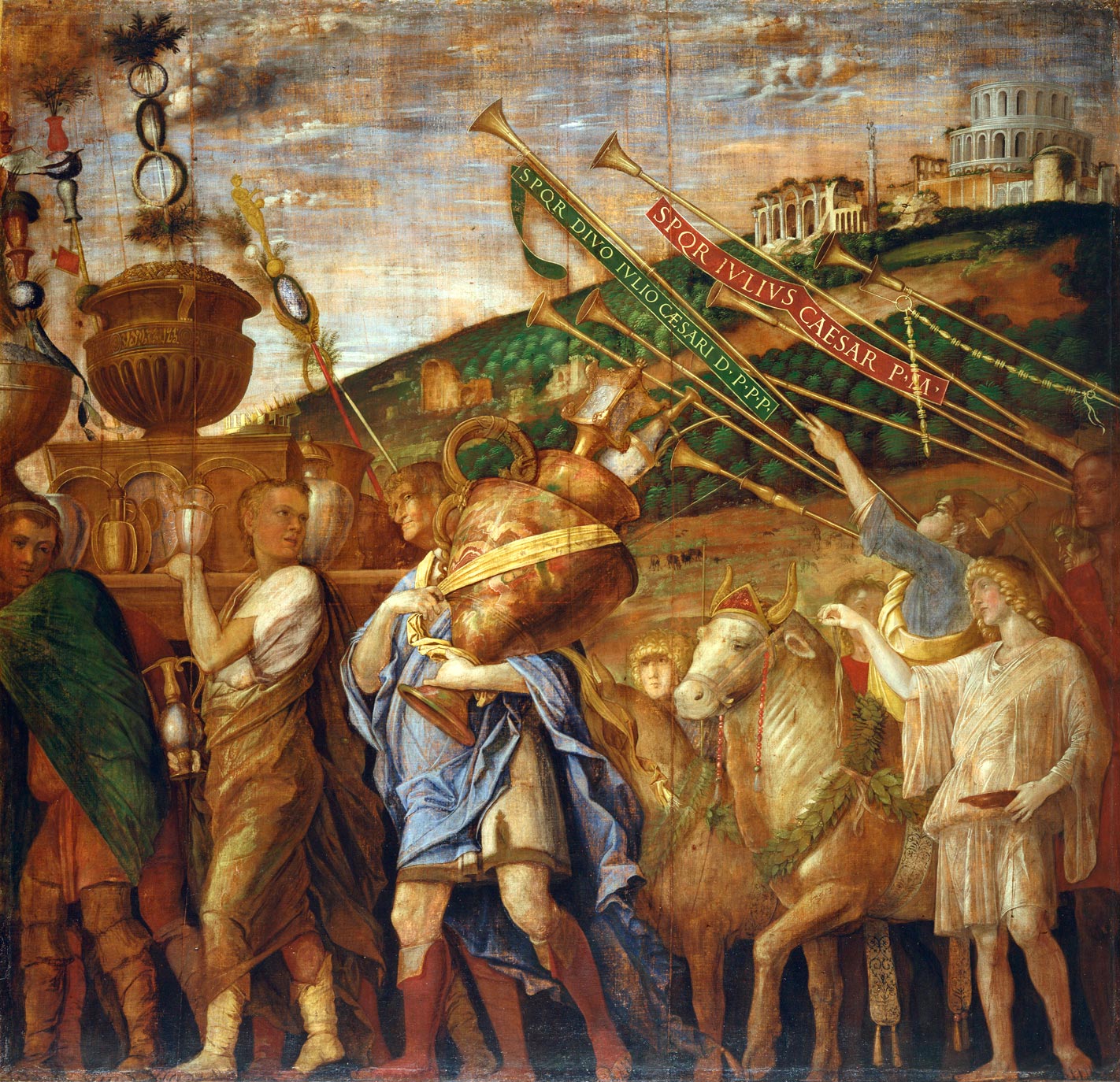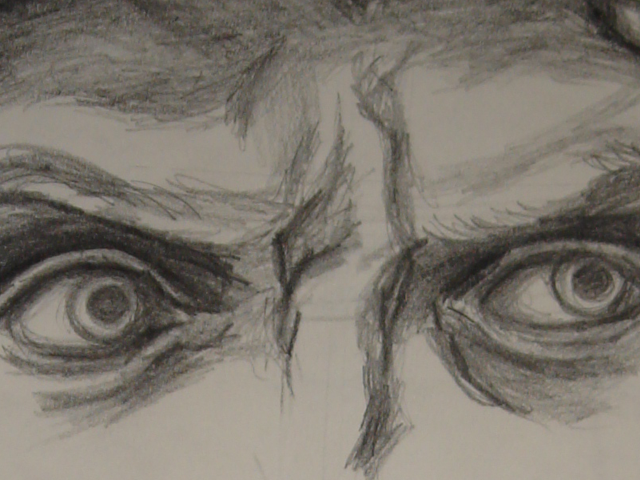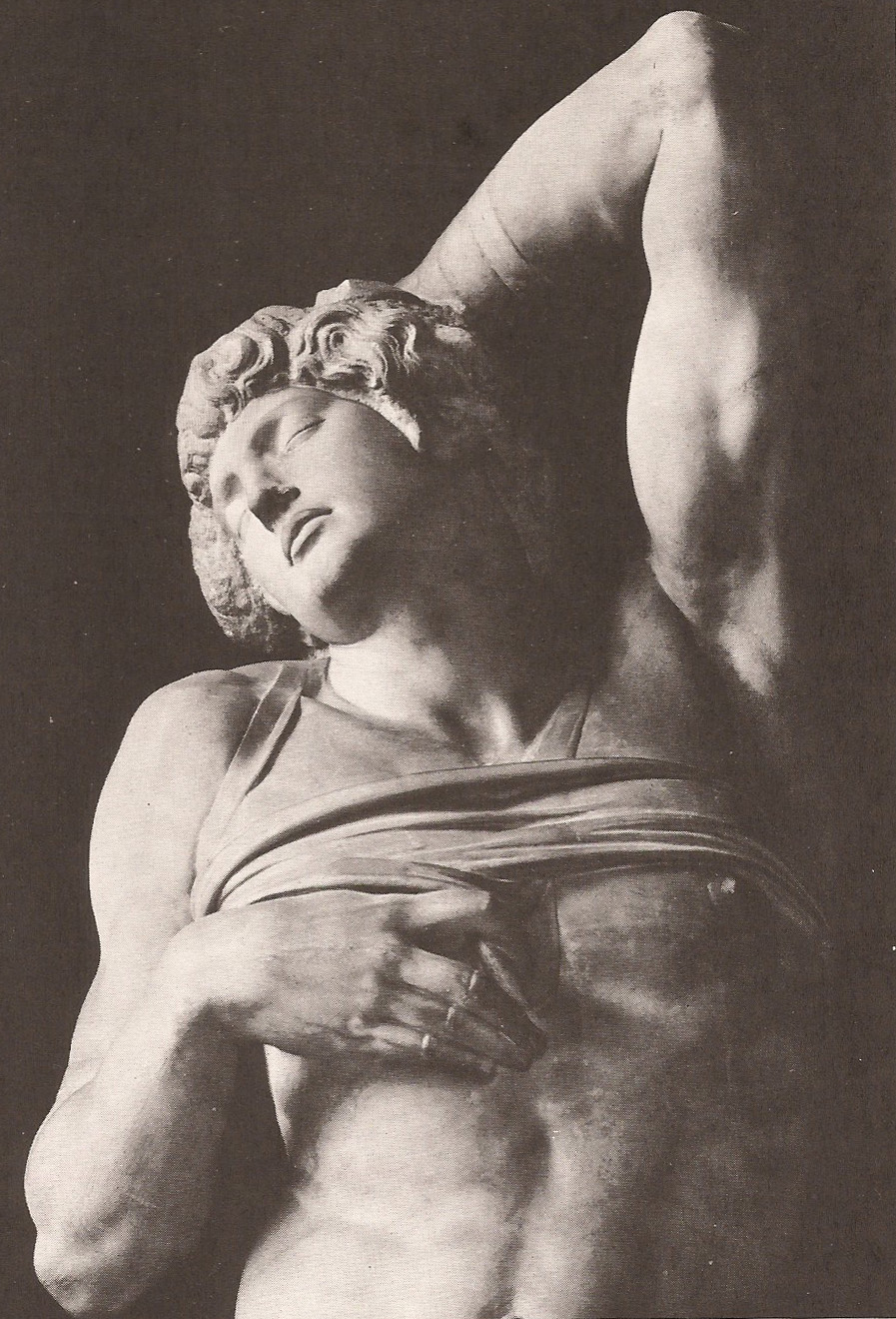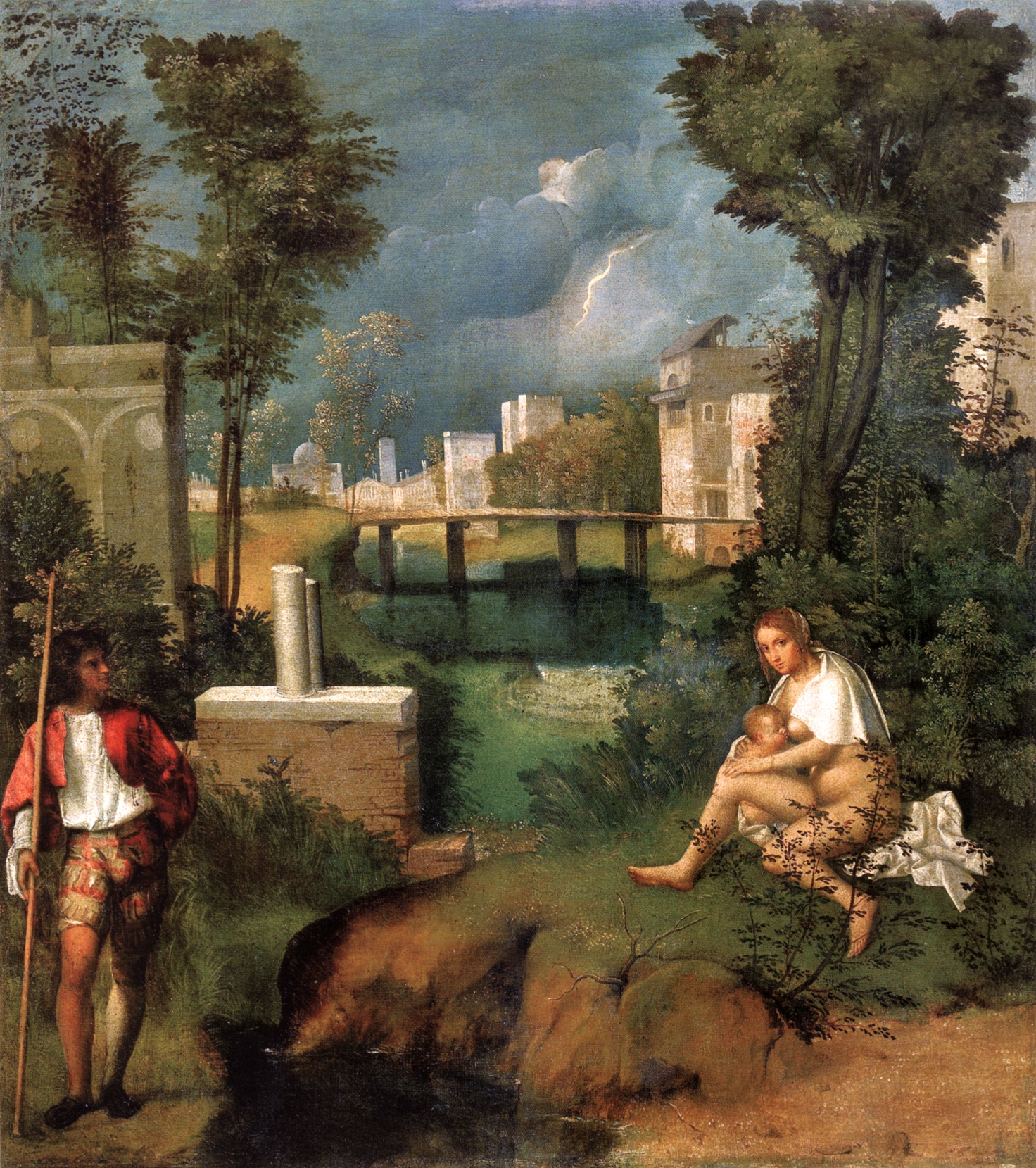Since to some readers the story of Ananias and Sapphira in Acts sounds like a narrative showing Peter complicit in the deaths of the couple, the story is rarely shown in art. But it is the subject of one of Raphael’s paintings. Below, Robert Morgan responding to a Christian commenter about this gospel story (after that, Morgan added a few more comments about Jared Taylor and related subjects):
______ 卐 ______
It appears you’ve forgotten the setup to the murders [of Ananias and Sapphira]. It was previously stated in Acts 4 that nobody in this cult had any property of their own, but held everything in common. In other words, it operated like a typical cult, using such techniques to brainwash and control its members, much like Koresh or Jones did. Leaving members with no private money or means of support ensures they won’t leave, and helps enforce obedience. Now you’ve invented this whole story about their being wealthy to excuse your psychopathic God’s action in killing these two people. It’s all quite pathetic, really. Your desperation is showing.
Though we must have some sympathy here for the couple, let’s also keep in mind that like rest of the stories in the Bible, it’s just fiction; a lie. The true victims were the real-life cult members this story was meant to intimidate; i.e., the non-Jew suckers who became Christians and were swindled by these criminal Jews Peter, Paul, and the rest. Christianity in the ancient world was a death cult that grew like a cancer until it murdered not just two people, but a whole civilization. It caused millions to suffer and die, and will certainly do so again if it’s allowed to.
* * *
Disappointing that Taylor, in his audio version of the interview [with Fareed Zakaria] at his site, at minute 22:26 to 22:40, is still spreading the misinformation about Lincoln, and his so-called plan to send the negroes away after the war. I don’t know why he keeps repeating this lie. Lincoln never had any plan to forcibly round up the negroes and ship them off whether they wanted to go or not. Neither did anyone else, afaik [as far as I know]. The only kind of “colonization” (as it was referred to) that was under discussion was to be on a voluntary basis, offering assistance to any who wanted to leave.
Of course, it didn’t work, and I would argue that Lincoln knew it wouldn’t. Negroes back then didn’t want to return to Africa any more than they do today. Only about 3% ever left. Furthermore, in his last public address before being assassinated, Lincoln called for negroes to be made citizens and given the vote. Why did he do that if he thought they were all going to shortly be leaving for Africa? It’s all part of a false narrative he’s helped construct, probably with the ulterior motive of obscuring Christianity’s role in the American racial disaster, since almost all the abolitionists were Christian fanatics.
Alden: “Our racial collapse in America occurred between 1956 (Brown) and 1973 (Griggs). and it had nothing to do with Christianity.”
Morgan: No. Start at the Civil War, immediately after which the Constitution was amended to make negroes citizens and give them the vote. Christian abolitionists were instrumental in starting the war. Christian morality guided whites in making negroes citizens and giving them the vote. All that has happened after that was just a matter of living up to the letter of the law…
I don’t really care if anyone responds to my remarks. Most here appear to be people who are stuck in a certain worldview, and because of this will never get it no matter how many times the situation is explained to them. Occasionally though, interesting things are said.
Editor’s note: This is why I quit commenting in white nationalist forums: we are seeing things from a broader paradigm than that of nationalists (the Christian problem as a sort of extension of the Jewish problem).
